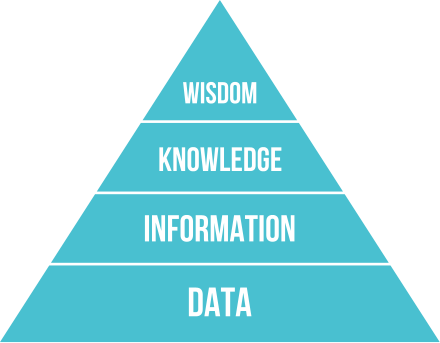Amongst the many impacts that COVID-19 has had on the sports industry, accelerating the foundations of a direct to consumer transformation has certainly been a focus that PTI have seen amongst our client base.
The worlds of data and digital have exploded this last five years. OTT platforms are becoming more common, new distribution platforms are entering the market for broadcast, and the second frontier of mobile apps are driving data collection and digital maturity in the fan base.
With stadia and venues closed and the long tail of COVID-19 now starting to become an accepted reality, clubs are increasingly turning to their databases and digital estate to deliver sponsorship rights, connect and engage their fan base and find new, immediate, revenue streams. They are seeking to take ownership of the fan relationship, for when ticketing, hospitality, food and beverage and other key revenue streams are turned off and the relationship is all that you are left with.
This awakening, this desire of ownership, is the first phase of a direct to consumer model for many. For how can you model a direct to consumer business, without first knowing your consumer?
Like waking from a nightmare bolt upright, the need to know the people behind the figures sold to a sponsor has slapped many in the face this last six weeks. They need the fans to engage, they need to create a sales environment in an economy that isn’t moving, they need something to shout about internally whilst the tap is turned off on traditional revenue streams.
But it is not as simple as just ‘turning to digital’ and blasting new ads and sponsor messages out to the mass eyeballs you hope will backfill the impressions and exposure that your partners may require. This is short termism at its best.
The underpinning of a successful digital estate performance – app, social, website and beyond – is the data that sits behind it. Simply, you need to know your fans. Not en mass, but one to one –
Not just that Mike is a season ticket holder and has been for many years.
Not just that Mike lives in area X on income Y and that which mosaic analysis will provide you.
In addition to this baseline comes the who Mike is, how he identifies with the club, what prompts him to engage with the club and ultimately what drives his loyalty to the club? You can no longer rely on heritage; the world has changed.
What content does he read / watch / interact with? When and where does he do this? How do we best talk to Mike, nurture his engagement and drive the right purchase?
It is here that many have found themselves wanting. For many, the data journey finished when they understood that Mike is a season ticket holder, whose spend per match day is X and that he is an occasional retail purchaser. They proclaimed success and declared themselves innovators, before truly understanding the art of the data possible.
It is here that I will introduce you to DIKW, my often-used phrase to wake those at the back of the room when speaking at conferences.
DIKW articulates the journey from Data to Insight, Insight to Knowledge, Knowledge to Wisdom.

In the sample above, this is data in raw form. This is not insight. This is not knowledge and it is certainly not wisdom.
It drives no action, it offers no explanation for the behaviour, it outputs no modelling as to how this may change. It is just ‘stuff’ we know.
The insight layer would be to explain the why of behaviour and allow for predictive modelling to begin. The knowledge layer would combine this with a bank of success as an organisation that you can cross reference with. Wisdom comes when you’ve cracked the formula for a specific fan persona, delivering the golden moments they crave and creating a virtuous circle of engagement.
PTI have been engaged by many new digital clients across the globe this last month, each eager to expedite their journey to a data-insight driven organisation, a fast track to understanding their customer. It shows the growing demand for first party data and taking back control of the customer relationship. Across the world, from the US to Australia where league wide deals are more prominent and often lock the club out from the fan, then into mainland Europe and the fragmented sports structures, the message has been consistent.
Those for whom data and digital have been core thought processes – perhaps integrated across marketing, technology and commercial – have been able to better serve their fan base with the right offering, at the right time, in the right place.
They have been able to pivot from the traditional to the innovative. It is they whom you see in the sports media being lauded for new engagement techniques.
The sporting world has changed forever. Direct to consumer was coming already, now it’s found a potent accelerator. Forget stadiums of the future, when they are packed full one more down the line, the psychology of human behaviour, of engagement itself, has changed for people, communities, nations.
This is bigger than sport and the big question to watch this next 18-months will be, who has adapted?
